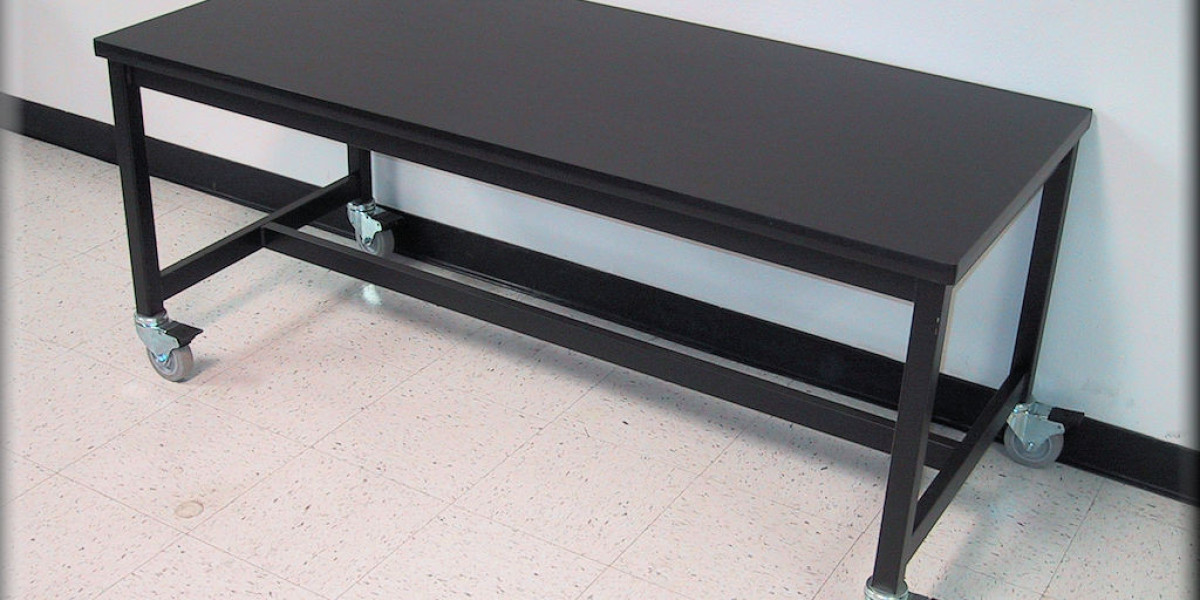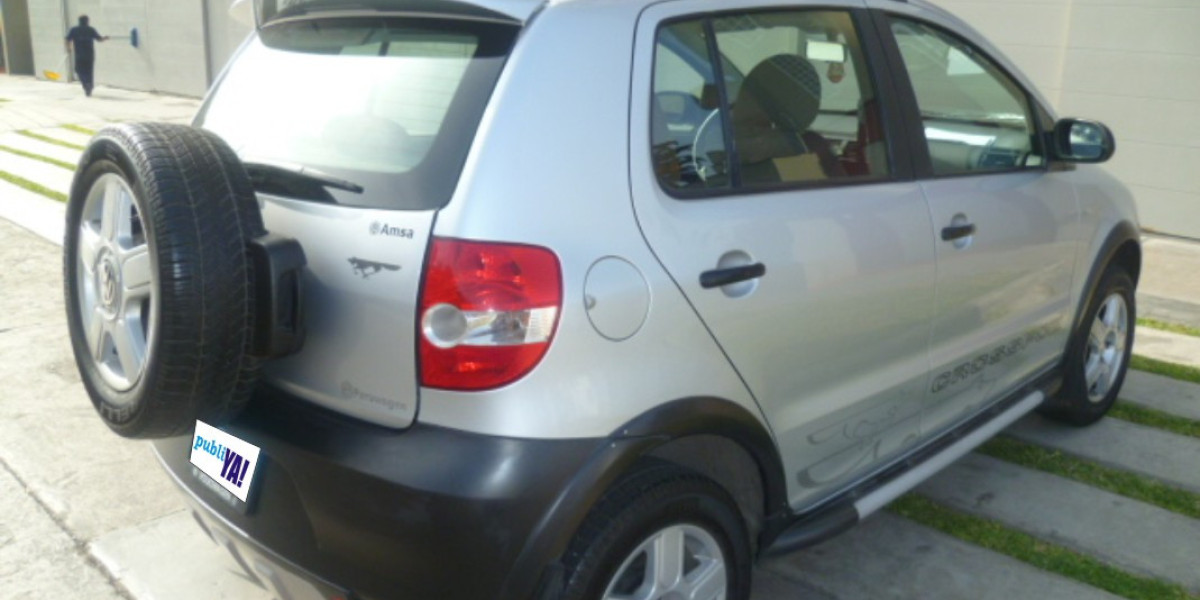Heavy-duty carts are indispensable in industrial settings, playing a crucial role in the transportation of materials, equipment, and products. Designed to handle significant weight, these carts are essential for improving efficiency and reducing the physical strain on workers.
However, the daily wear and tear that they suffer inevitably has an impact on them. This makes it important to maintain the heavy duty carts properly to ensure safety, efficiency, and longevity.
Weight limits and load distribution
One of the most critical factors in using heavy-duty carts is understanding and adhering to their weight limits. Overloading a cart can lead to accidents, damage to the cart, and injury to workers.
● Check weight capacity: Before loading the cart, check its maximum weight capacity, which is usually specified by the manufacturer. Never exceed this limit, as it can compromise the structural integrity of the cart.
● Even load distribution: Ensure that the weight is evenly distributed across the cart's platform. Uneven loads can make the cart unstable, leading to tipping or difficulty maneuvering. Place heavier items in the center and distribute lighter items around them to maintain balance.
Select the Right Cart for the Job
Heavy-duty carts come in various designs and sizes, each suited to specific tasks. Using the wrong type of cart can lead to inefficiencies and potential hazards.
● Match Cart to Task: Select a cart that is designed for the type of load you need to transport. For example, use a cart with a flatbed for transporting large, bulky items and opt for a cart with shelves for organizing smaller items.
● Consider environmental factors : In environments where the floor might be wet or uneven, choose carts with appropriate wheel designs and materials to ensure smooth movement and avoid slippage .
Proper loading techniques
Loading a heavy-duty cart correctly is crucial for both safety and efficiency. Poor loading practices can result in accidents, damaged goods, and increased strain on the art and the operator.
● Load the heavy items first. Place the heaviest items at the bottom or in the center of the cart. This lowers the center of gravity, making the cart more stable and easier to control.
● Secure the load: Use straps, ropes, or nets to secure the load, especially if you are transporting items over uneven surfaces or around corners. This prevents items from shifting or falling during transit. .
Safe handling and maneuvering
Handling and maneuvering a heavy-duty cart safely is essential to prevent workplace injuries and accidents.
● Push, Don't Pull: Whenever possible, push the carts instead of pulling them. Pushing allows for better control, reduces the risk of back pain, and is generally safer, especially when moving heavy loads. Maintain an upright posture with your back straight and shoulders relaxed when handling the cart. Avoid twisting your body while pushing, as this can lead to injury.
● Move Carefully: Move slowly and carefully, especially when turning corners or navigating through narrow spaces. Ensure you have a clear path and watch out for obstacles. If necessary, have someone assist you by guiding or signaling during complex maneuvers.
Regular maintenance and inspection
Like any equipment that is being used so frequently, heavy-duty carts also require regular maintenance to function optimally and safely. Neglecting maintenance can lead to breakdowns, accidents, and reduced cart lifespan.
● Inspect Before Us: Perform a quick inspection before using the cart each day. Address any issues immediately before they become bigger problems.
● Regular Lubrication: Ensure that the wheels and moving parts are properly lubricated. This reduces friction, making the cart easier to maneuver and extending the life of the wheels and axles.
Conclusion
Proper use and maintenance of heavy-duty carts are essential for workplace safety and efficiency. Following these tips will help ensure the carts' longevity and improve overall productivity in industrial settings.








